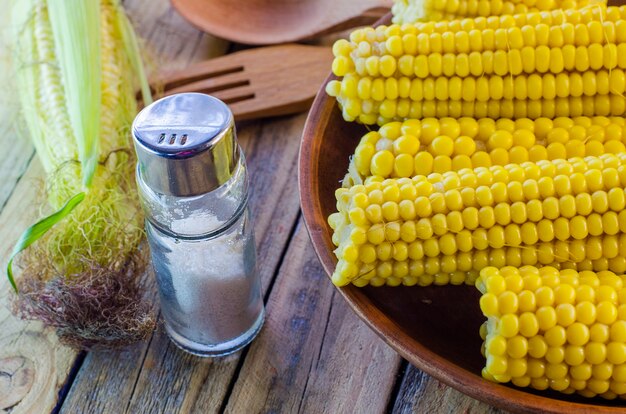Is Corn Safe for Diabetics? Here's What You Need to Know
When it comes to managing diabetes, food choices can feel like navigating a labyrinth of dos and don'ts. One question that often arises is whether diabetics can safely include corn in their diet. Given its sweetness and carbohydrate content, corn might seem like a questionable choice. However, understanding its nutritional profile and effects can help you make informed decisions.
The Nutritional Profile of Corn
Corn is a whole grain loaded with essential nutrients, including fiber, vitamins, and minerals. One of its standout benefits is its high fiber content, which can play a role in managing diabetes by slowing down the absorption of sugar. Additionally, corn contains vitamin C, several B vitamins, and is a source of beneficial antioxidants like lutein and zeaxanthin, which support eye health.
How Corn Affects Blood Sugar Levels
While corn does contain carbohydrates, it ranks differently on the glycemic index compared to other foods. The glycemic index (GI) measures how quickly a food can raise blood sugar levels. Corn has a moderate GI, which means it causes a slower rise in blood sugar compared to high GI foods like white bread. However, portion control is critical. Consuming too much corn can lead to spikes in blood sugar, attributed mainly to the overall carbohydrate load, not just the GI.
Portion Control and Preparation
For diabetics, portion control is crucial when it comes to corn. A recommended serving size is roughly half a cup, allowing you to enjoy the nutritional benefits without the risk of hyperglycemia. Additionally, the way corn is prepared can influence its effect on blood sugar. Opting for boiled or grilled corn over corn-based products like syrups or creamed corn ensures you’re consuming a healthier option.
Pairing Corn with Other Foods
Another effective strategy is to pair corn with foods rich in protein and healthy fats, which can further moderate blood sugar levels. For example, a salad incorporating grilled corn, black beans, avocado, and a lean protein like chicken can offer a balanced meal with a lower glycemic impact.
Exploring Financial and Educational Resources
Managing diabetes is not just about food choices—it's also about accessing the right financial and educational resources. The cost of medication, healthcare, and diet adjustments can be burdensome. Fortunately, various programs can ease the financial strain.
- Government Aid Programs: Many local and national initiatives offer financial support and subsidies for diabetic care and medications.
- Educational Grants: Some organizations provide grants for educational materials and workshops about living with and managing diabetes.
- Debt Relief Options: If diabetes-related costs have strained your finances, exploring debt relief options can offer breathing room. These may include credit counseling services specialized in medical debts.
- Insurance Assistance: Look into insurance plans tailored for diabetes management, which may reduce out-of-pocket expenses significantly.
Smart Choices for a Healthier Lifestyle
Incorporating corn into a balanced diet is possible for those managing diabetes, but it requires attention to portion sizes and combinations with other foods. Coupling this with financial and educational support can make navigating diabetes more manageable and less stressful.
🌟 Financial and Educational Resources for Diabetics:
- 📜 Government Aid Programs: Medicaid, Medicare, and State Health Departments
- 🎓 Educational Workshops: Diabetes Education through hospitals and clinics
- 💳 Debt Relief Solutions: Medical credit counseling services
- 🏥 Insurance Options: Specialized diabetic insurance plans
- 📚 Grants for Learning: Nonprofits offering diabetes management grants
By making informed dietary decisions and taking advantage of available resources, living well with diabetes becomes not only possible but practical.
